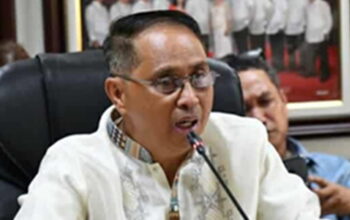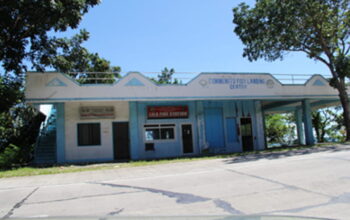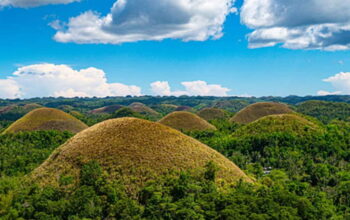CULTURAL heritage preservation in Bohol received a boost with the reactivation of the Local Culture and Arts Council (LCAC) in the different local government units in the province (LGUs).
The Provincial Government of Bohol (PGBh) through the Center for Culture and Arts Development and the Bohol Arts and Cultural Heritage (BACH) hosted a seminar last Sept. 3 at the Panda Tea Garden Suites, Tagbilaran City.
Attended by 170 participants representing 40 LGUs, it was convened in line with Memorandum Circular (MC) No. 2017 of the Department of Interior and Local Government (DILG) for the establishment of the LCAC.
The LCAC is tasked with ensuring the protection, preservation and promotion of local heritage.
In his welcome remarks, BACH chair Argeo Melisimo said the PGBh aims to create awareness of national laws and how LGUs can use them to protect local heritage especially threatened by extinction posed by modernization.
Emerson Pinos, CCAD OIC, said the seminar was held to encourage the LGUs to be involved in cultural preservation, specifically in implementing programs to safeguard movable and immovable local heritage by reactivating inactive LCACs or forming new ones.
CCAD invited representatives of national government agencies including the National Museum of the Philippines-Bohol, National Commission for Culture and Arts, Department of Trade and Industry and the DILG to discuss laws concerning cultural heritage.
DILG’s Leonell Cawayan gave an orientation on MC 2017 and its importance in compliance with the Seal of Good Governance. He stressed that the robust preservation of culture and arts in the LGU is one of the priorities of the national government.
Lawyer Jiselle Rae Aumentado-Villamor of the second district and chair of the Sangguniang Panlalawigan’s committee on culture and arts underscored the importance of heritage protection. This became even more important after Bohol was designated as the country’s first and only UNESCO Global Geopark.
She stressed that maintaining the designation is not just that of the PGBh but a shared responsibility with the LGUs in committing ordinances or programs on cultural preservation, especially since it is one of the Geopark’s main advocacies.
Rachel Lacea, NMP-Bohol OIC discussed the protection of heritage structures in the locality, challenging the participants to strictly enforce Republic Act No. 10066 or the National Cultural Heritage Act of 2009 particularly in protecting identified heritage sites in Bohol.
Jesuben Angel Bongolan, NCCA regional coordination unit head, gave a comprehensive discussion of RA 10066 along with the Cultural Mapping Act and the Cultural Resiliency and Recovery Plan to orient attendees on existing laws and applying them in crafting cultural projects in their respective localities.
Blair Panong, DTI creative sector manager, discussed the Creative Industries Act that provides centralized state support from the national government for local creative industries.
He emphasized the potential of local arts and crafts – an aspect of intangible cultural heritage – for LGUs to generate income by selling them to tourists visiting the province.
One of the PGBh advocacies under the Strategic Change Agenda is to mobilize Boholanos to develop a deeper appreciation of local culture by increasing historical and cultural research and projects, allowing people to understand their rich history and culture, and raising awareness of Bohol’s cultural heritage. (PIMO/GMC)



